Research team develop a novel all-solid AND logic gate which responds to non-chemical inputs irradiation (light) and applied electrical potential.


Research team develop a novel all-solid AND logic gate which responds to non-chemical inputs irradiation (light) and applied electrical potential.
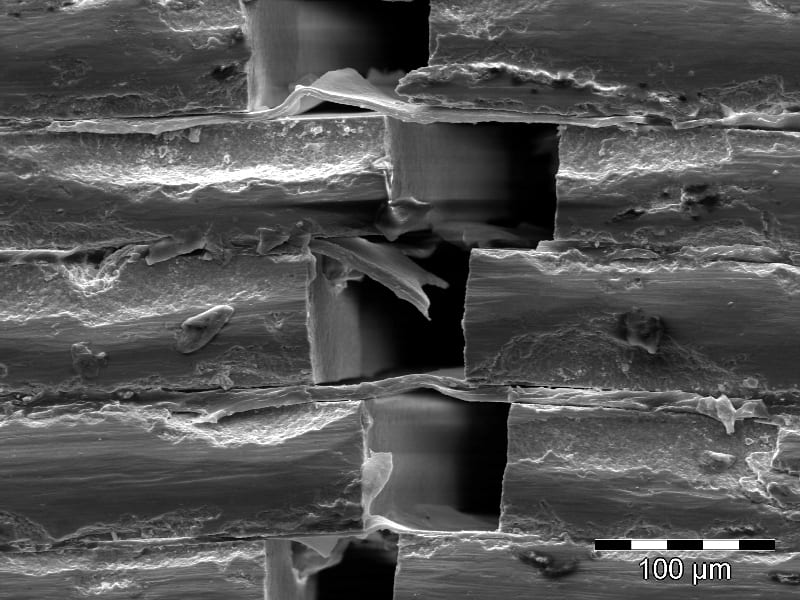
Bremen researchers investigate the feasibility of designing artificial bioinspired ceramic composites with very high crack resistance.
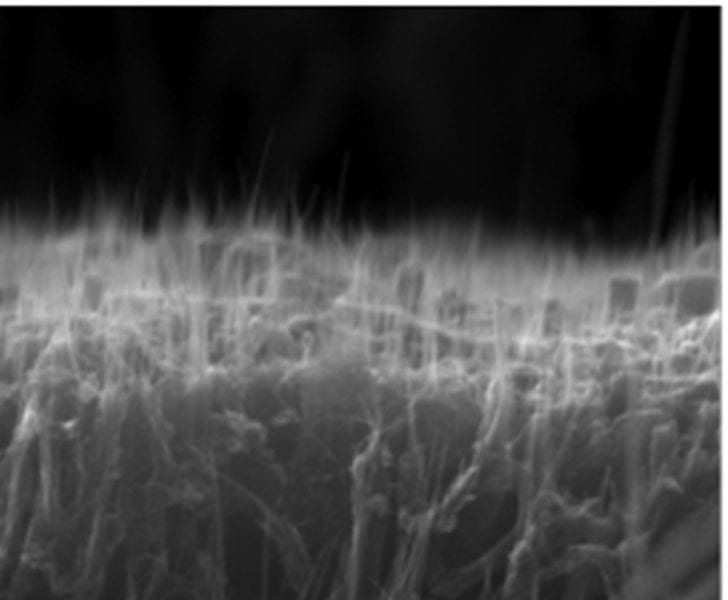
A US/China research team has fabricated a high-quality, exceptionally tough CNT/B4C composite.
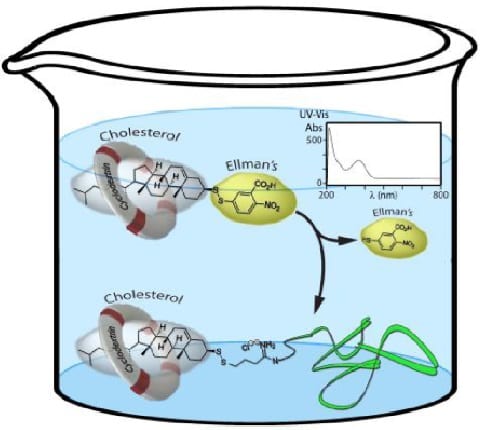
A new way to track the conjugation rate of cholesterol as well as to conduct conjugations in aqueous environments.
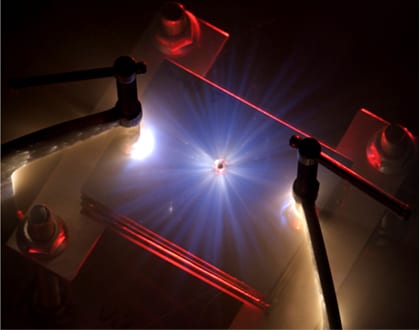
Bulk metallic glasses could be the ideal material for protecting spacecraft and satellites from debris in low earth orbit.
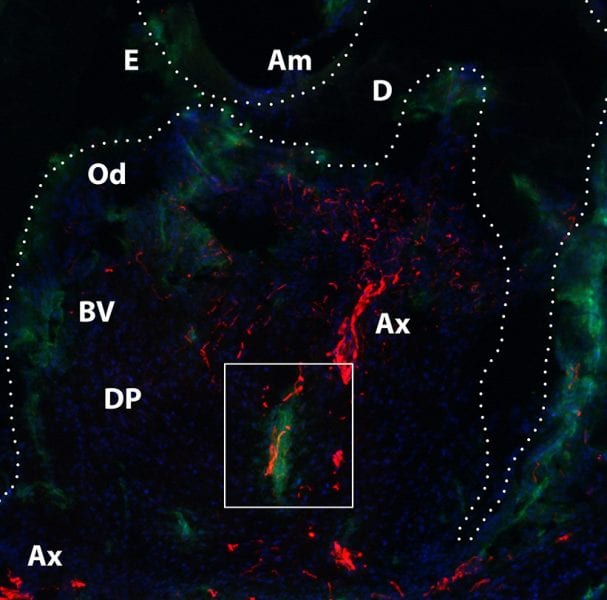
French group demonstrate a unique nanofibrous active implant for bone-tooth unit regeneration.
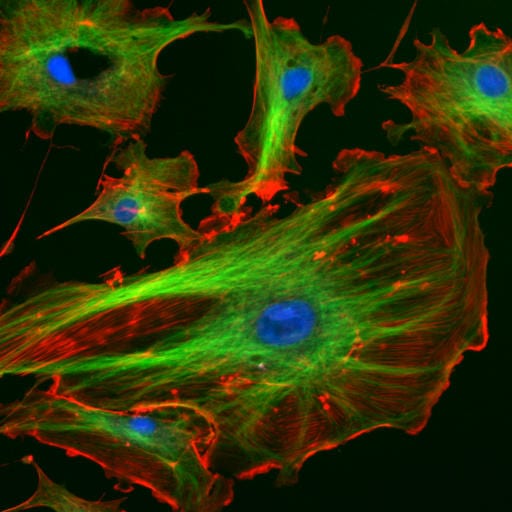
New work outlines the successes and challenges of developing accurate theories and computational schemes for the process of excitation energy transfer.
Malvern Instruments Ltd has acquired nanoparticle characterization company NanoSight Ltd. The acquisition was completed on 30th September 2013.
$855,000 grant from will allow reseach team to develop 4D materials, which can exhibit behavior that changes over time.
Researchers have developed a transparent, elastic organic light-emitting device that can be twisted at room temperature while retaining its original shape.